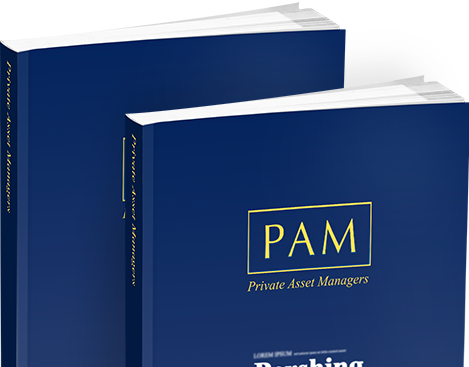Agricultural property relief is an attractive concept. It means owners of agricultural land can qualify for up to 100 percent relief from IHT, on the agricultural value of that land. But, while the concept sounds attractive, there are detailed rules to follow in order to qualify for the relief.
There are three qualifications that have to be met to gain agricultural property relief:
To qualify for 100 percent relief, the owner has to have the immediate right to vacant possession of the property, the right to obtain it within 24 months, or the property must be let on a tenancy beginning on or after 15 September 1995.
Relief will be available at 50 percent, if the agricultural property is tenanted, let on a tenancy beginning before 15 September 1995 and the lease has more than two years to run at the date of transfer.
While these are the main qualifications, there can be complications within each of them. Care needs to be taken, because HMRC looks closely at claims for agricultural property relief. Particular care needs to be taken where the value of the land is not entirely due to its agricultural value, for example, where planning permission might allow for the agricultural land to be turned into much more valuable residential land. There is no requirement in the IHT legislation for the owner to be a full-time farmer to qualify for the relief. The legislation says the land has to be used for agricultural purposes and the farmhouse has to be of a character appropriate to the farmland. It does not mention the need for the owner to be a full-time farmer residing in the farmhouse.
One important issue is where a farm is transferred to a trust. A gift to trust normally triggers an IHT charge at 20 percent. Land that qualifies for agricultural property relief will be exempt from this tax, if held for at least two years before the transfer.
The difficulty may be in knowing in advance whether land, and particularly the house, will qualify for relief. HMRC will not provide a view on whether agricultural land qualifies until there is an event that triggers a potential liability to tax, such as death or a chargeable lifetime transfer.
The PAM Directory is a comprehensive guide on comparative data focusing on asset managers, investment managers, private banks, stockbrokers, wealth managers and multi-family offices, who provide discretionary and/or advisory portfolio management services for private clients.
Order Now
Subscribe to PAM to hear about the latest news and promotions
Site Content Copyright PAM Insight Ltd 2016
This option is not available when logged in as a Private Asset Manager.
For registering with PAMonline. You should now receive an email asking you to verify your email address. If you do not receive this email, please call +44 (0)207 967 1601 for assistance.
To reset your password please enter code below.
To restore your password please enter your email below.
To see full information of the Private Asset Managers, plus the opportunity to rate and follow, login or register
For registering with PAMonline.
You should now receive an email asking you to verify your email address.
If you do not receive this email, please call +44 (0)207 967 1601 for assistance.
To return to the Home page, click here
To see full information of the Private Asset Managers,
plus the opportunity to rate and follow, login or register.
Please fill in all the fields.
To activate your account enter valid activation code below.
To resend activation email type in your registered email address below. Or contact the PAM office on +44 (0)20 7967 1608 to get instructions to activate your account.
